Quick Answer
Yes, because centered lights are timelessly stylish and give you that neat, balanced light spread. But your kitchen's size, ceiling height, and personal style matter too. If you're after a look that breaks the mold or better suits how you'll use your space, well, then go for it.
Introduction
When it comes to kitchen design, lighting plays an important function in the aspect of functionality and style. Pendant lights above a kitchen island have gained popularity, making them add both elegance and essential task lighting. But perhaps the biggest question for both homeowners and designers alike is whether these pendant lights should be centered over the kitchen island. As great as centering may sound, there are some aspects you should consider. Here, we show how the pros stack up against the cons, look at other ways around the centered pendant light, and discuss the key factors that should help make up your mind.
Why Centered Pendant Lights Might Be Your Best Bet
Looks Good, Feels Right
The natural draw to symmetry is visually appealing. Mainly, because when the lighting is aligned with your kitchen island, it creates a polished look that instantly can make the whole space feel more organized and intentional.
Lights Up Your Work Area
A light source installed in a position directly over the center of your island ensures that your entire workspace is even and well-lit. It is that uniform lighting that drives out the shadows and dark corners, allowing you to see what you are doing so much more easily--whether dicing onions or poring over a cookbook.
Classic Never Fades
This centrality makes pendant lights the little black dress of kitchen design: they never go out of style. Choosing this classic arrangement, in fact, can guarantee that your kitchen design will continue to look stylish and put-together for years to come.
Matches Your Kitchen's Layout
Most homes have the kitchen island as the focal point of the room, where cabinets and appliances are usually aligned on the sides. By centering your pendant lights, you reinforce this alignment to create a feeling of order and balance that resonates with the rest of the structure of your kitchen.
Might Help Sell Your Home
When the time comes to sell your home, the classic appeal of centered pendant lights might just catch potential buyers' eyes. It's universally inviting, an aesthetic of a well-cared-for and thoughtful space.
Keeps Things Simple
The centered pendant lights take the guesswork out of choosing where to place your lighting fixtures. This straightforward approach leaves you with a neat, clutter-free look showcasing the beauty of your kitchen.

Shop Our Premium Lighting Collection
Explore our hand-selected bestsellers featuring crystal chandliers, pendant lights, wall scones and authentic alabaster stone:
Where's the Glow? Considering the Cons of Centered Pendant Lights
- May Not Suit All Island Shapes and Sizes: For islands that are exceptionally long or have an unusual shape, centered pendants may not provide adequate light across the entire work surface, leaving some areas poorly lit or creating harsh shadows.
- Possibility of Cluttered Appearance: In smaller kitchens, too many fixtures or overly large pendants can crowd the ceiling and overwhelm the space. Centering multiple lights over a compact island can make the kitchen feel cluttered and closed in, rather than open and welcoming.
- Potential for Glare and Imbalanced Lighting: Depending on the type of bulbs and shades used, centered lighting can sometimes result in a glare, especially on glossy countertops or during certain times of the day. This can create an uncomfortable environment for working or dining.
- Restriction on Personal Style Expression: For those whose flare is somewhat eclectic or whose interior design favorite flavor is more dynamic, the symmetrical feel of having them centered can be too predicted or conservative, maybe hindering one's ability to express themselves through their home's decoration.
- Not Always Ideal for Multi-Use Islands: Kitchens today are multi-use areas where one cooks, eats, entertains their guests, and at times even works. A single row of pendant lights may not provide the required flexibility necessary for these various functions; instead, each function requires additional sources of light to help it perform well.
Thinking Outside the Box: Alternative Pendant Light Arrangements
When it comes to pendant lighting over your kitchen island, stepping away from the conventional centered layout opens up a realm of creative possibilities. Let's explore some eye-catching arrangements that could elevate the style and functionality of your kitchen space.
| Arrangement Type | Visual Effect | Best For | Lighting Benefit | Design Style |
| Off-Center | Creates dynamism and modernity | Smaller islands or asymmetrical spaces | Draws the eye, adds interest | Eclectic, Modern, Artistic |
| Linear | Highlights island length | Long, narrow islands | Even light distribution along the island | Contemporary, Minimalist |
| Clustered | Forms a striking focal point | Larger islands or high ceiling kitchens | Centralized, dramatic lighting | Modern, Industrial, Chic |
Each layout has its own set of advantages depending on the size and style of your kitchen island, as well as the overall design aesthetic you're aiming for. The "Off-Center" type brings an artistic touch to unconventional spaces. "Linear" arrangements suit the practical needs of extended work surfaces by providing consistent illumination. And "Clustered" settings are ideal for those seeking to make a bold statement through their lighting, suitable for spacious areas where the lights can become a central feature of the design.
What to Think About When Placing Your Pendant Lights
Island Size and Pendant Scale Examples
- Very Large Islands (10+ feet long): Consider using a series of three to four evenly spaced large pendants or a set of five to six smaller ones to maintain balance without sacrificing light coverage.
- Medium Islands (6 to 8 feet long): Two medium-sized pendants would work well. Alternatively, for a more modern look, a trio of smaller pendants can be spaced about 24 inches apart, centering the grouping over the island.
- Small Islands (up to 4 feet long): One medium-sized pendant could be perfect. Choose one with a diameter of around 12 to 22 inches, depending on the exact size of the island.
- Narrow but Long Islands: Linear suspension lighting or a bar with multiple light sources could be an efficient solution that provides even illumination while accentuating the island's length.
Ceiling Considerations for Various Types
- High Ceilings: For ceilings above 9 feet, one should consider pendants with longer drops to bring the light close to where the work would actually be taking place and to visually utilize the vertical space.
- Low Ceilings: Look for flush-mount pendants or shorter fixtures so that there is adequate clearance beneath the lights for practical use and optical comfort.
- Complex Architectures (like coffered or tray ceilings): Features such as coffered or tray ceilings require a pendant selection that would complement these. Hanging them from the deepest part of such ceilings would not interfere with the pattern these ceilings create.
Design Harmony Across Different Kitchen Styles
- Industrial Style Kitchens: The aesthetic for this setting is elevated through the use of raw materials; with metal or exposed filament bulbs in pendants being preferred options. Place them over your island in a linear formation to bring about a sense of clean lines into this space.
- Scandinavian Design: Employ simple, functional pendants in natural woods or matte finishes. Install them sparingly, equally apart for that Nordic feel of uncluttered sophistication.
- Eclectic Kitchens: Employ a few different pendant colors or styles in combination. Mixing and matching pendant heights adds a touch of whimsy and makes the space personal.
- Coastal Inspired: Use lighter material pendants, like wicker and glass, in hues of blue or sandy neutrals. Suspend them in a manner that makes them evoke the feel of easy and breezy at the seaside.
Functional Lighting Based on Activity
- For Detailed Tasks: If there are a lot of detailed tasks, such as pastry work and carving, then adjustable-intensity pendants can provide focused lighting, which shall adjust according to intricate work.
- For Mixed-Use Islands: For an island serving multiple purposes, opt for layered lighting. Pendants can be designed to provide general lighting, for example, and task lighting is turned on when necessary.

Your Kitchen, Your Rules
While centering pendant lights above a kitchen island is a classic choice that works with just about every style and layout, it's not your only option. Consider the size of your island, the ceiling height, and structure, and the overall design and function of your kitchen in determining where your lights should go—you might find an off-center, linear, or even clustered arrangement fits your space better. The thing to remember about lighting a kitchen is that it needs a little balance of practicality and style.

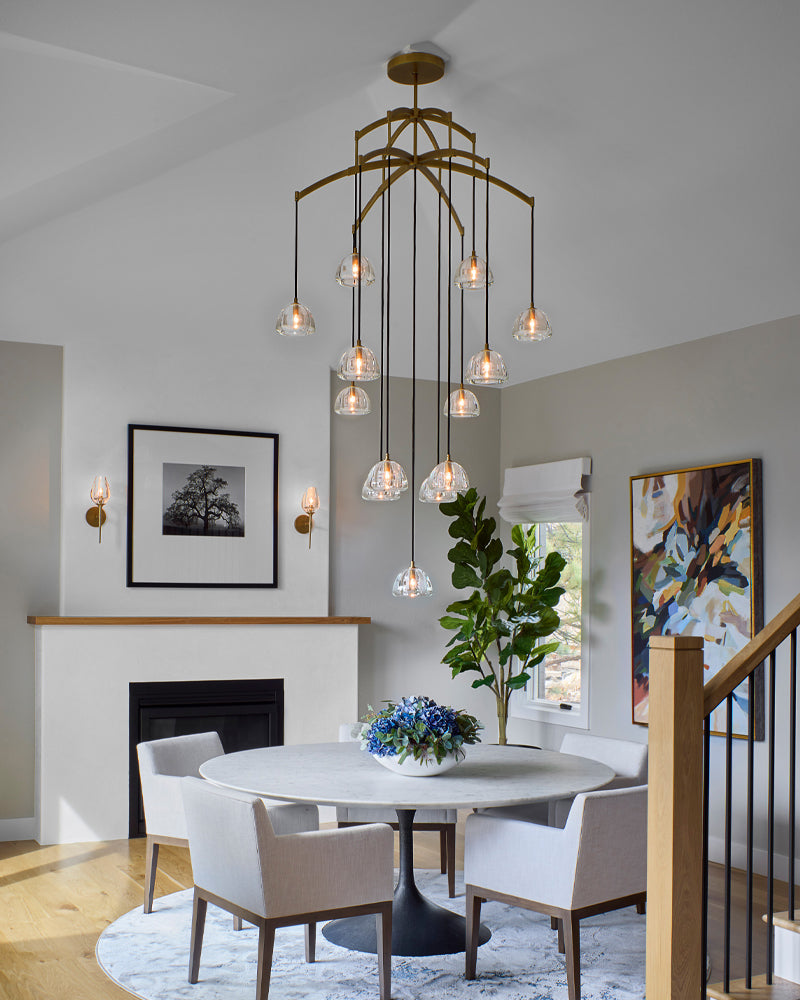
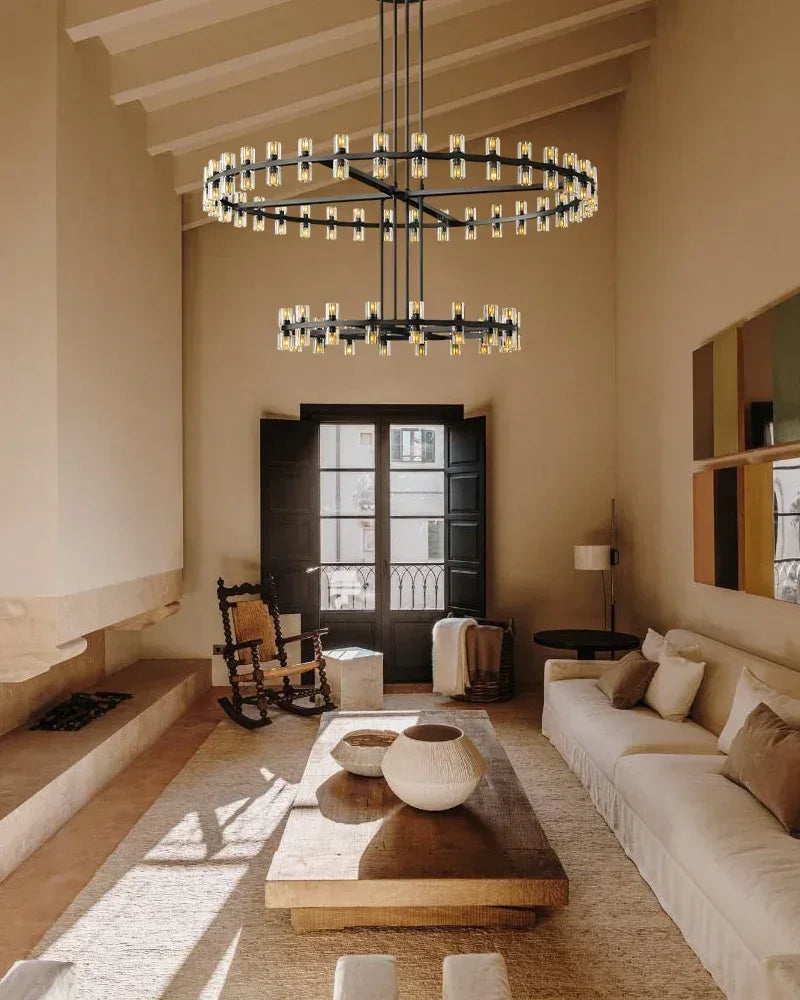
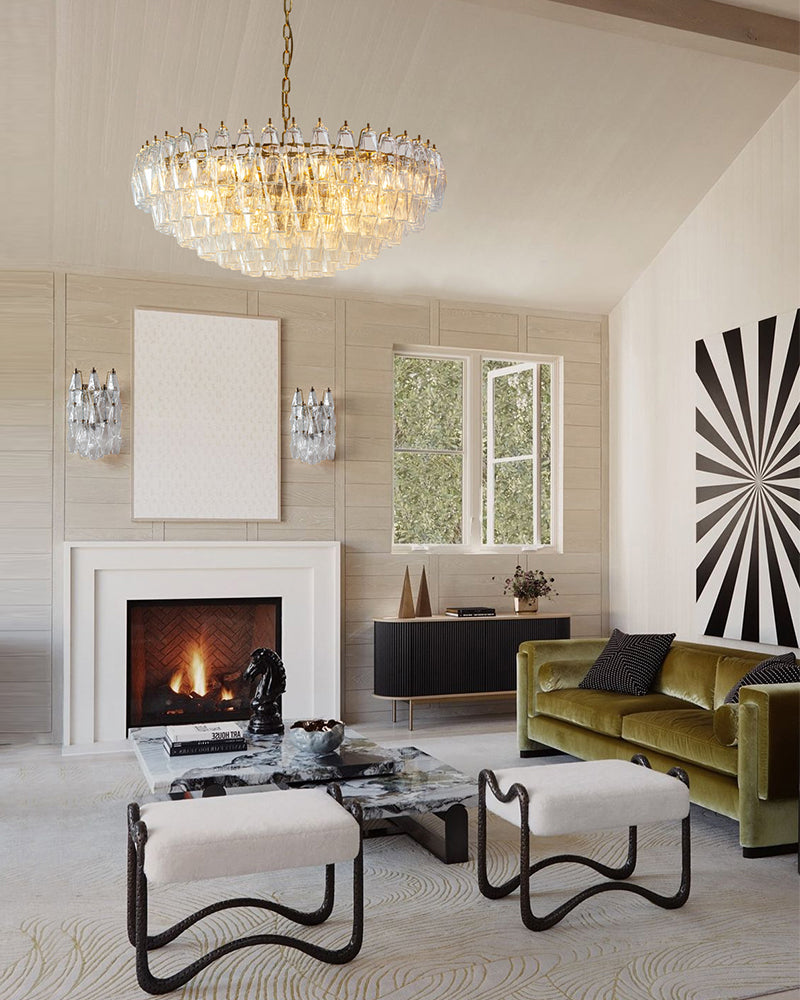
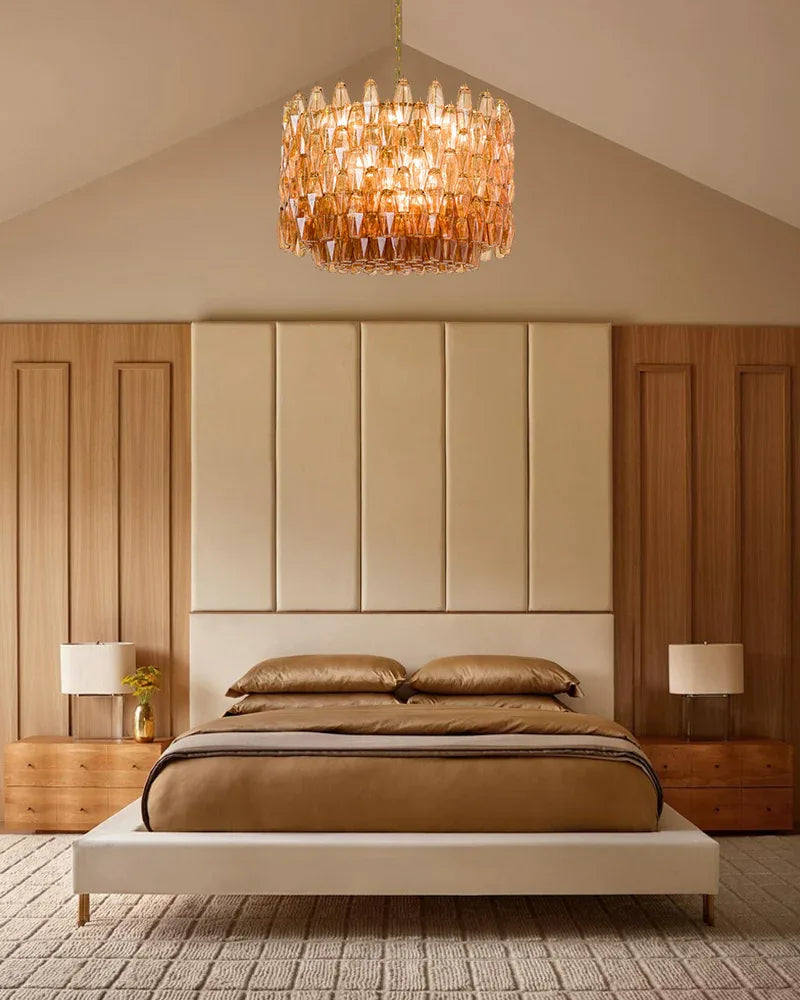
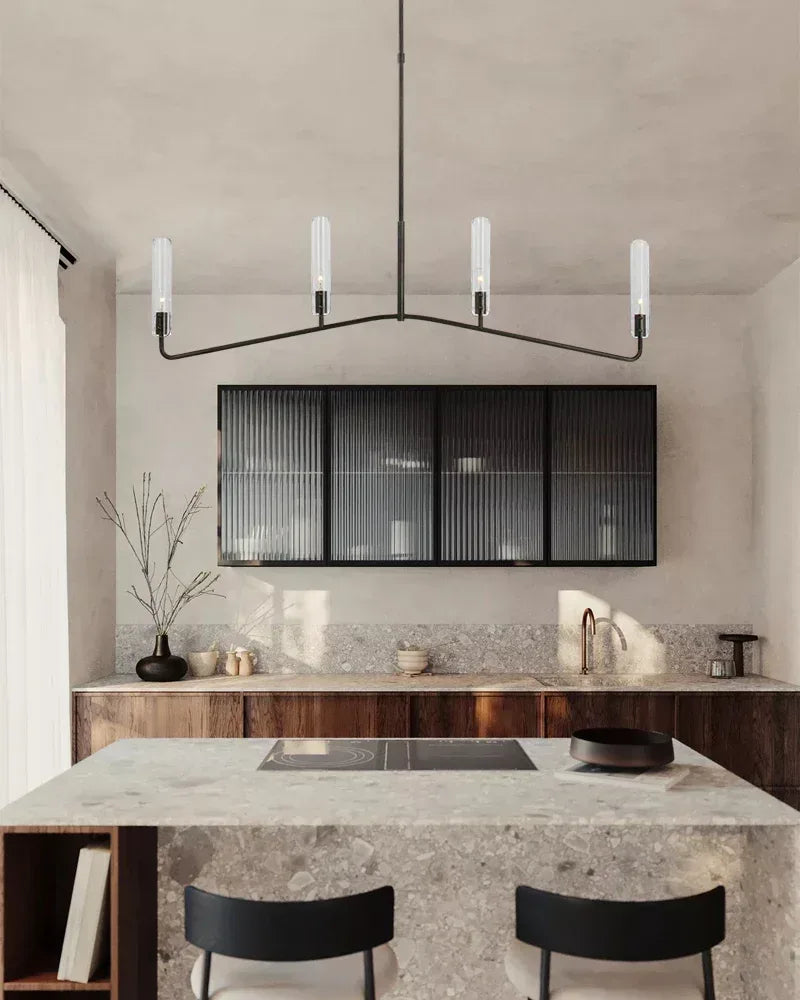
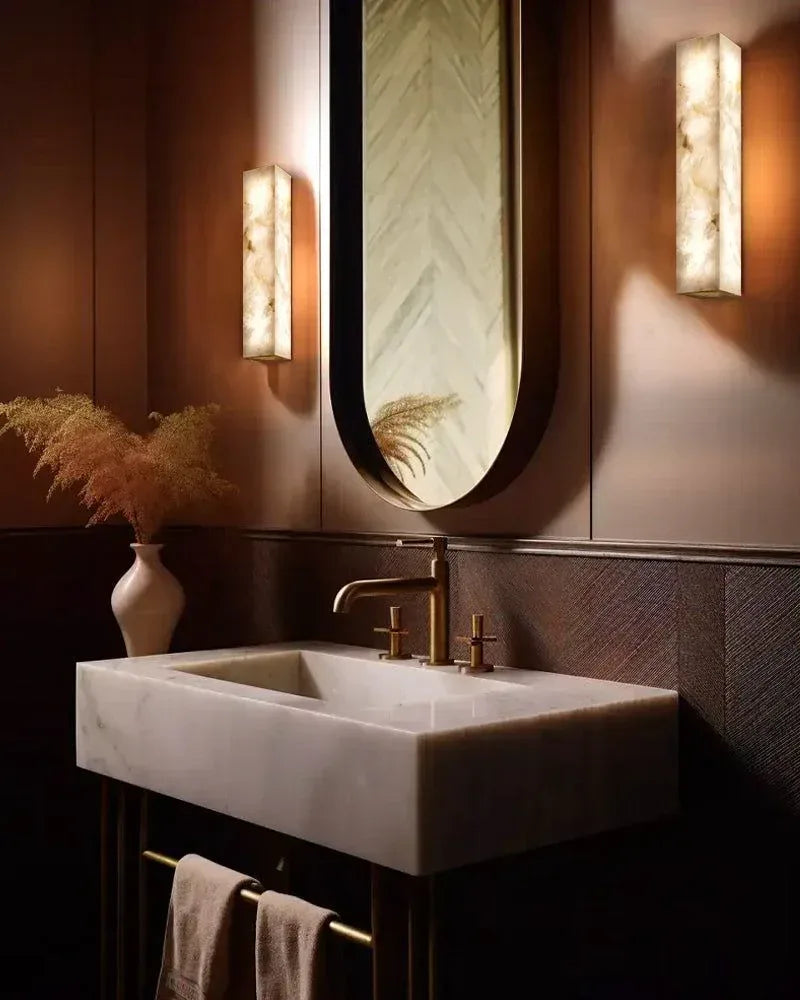

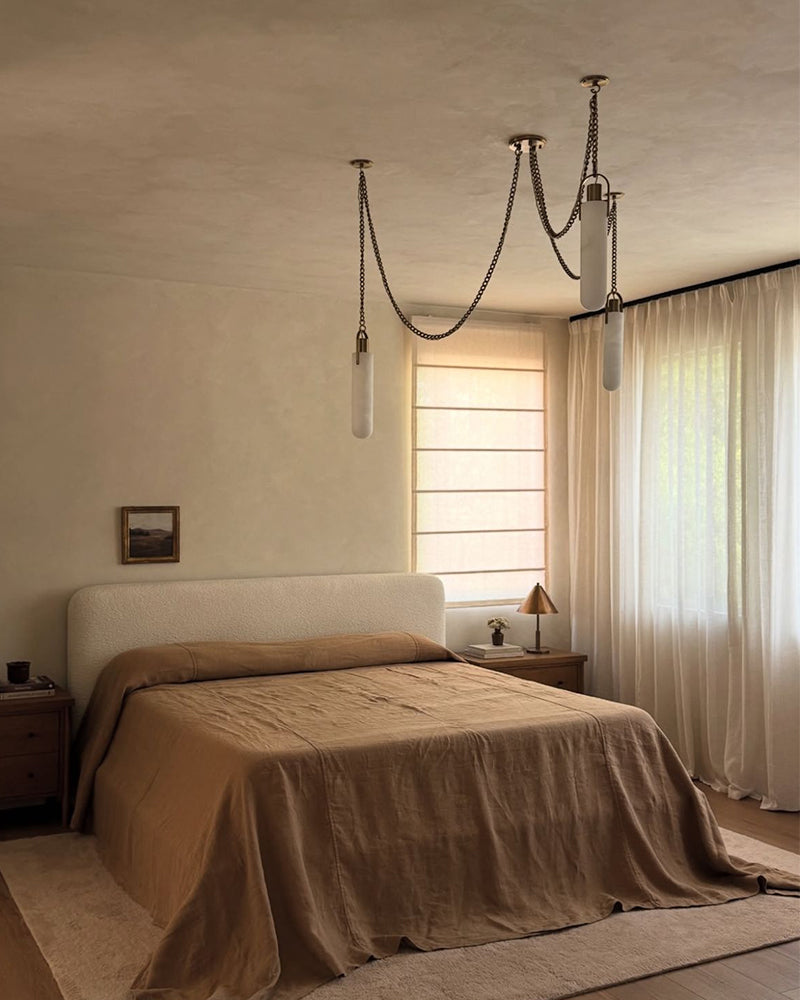
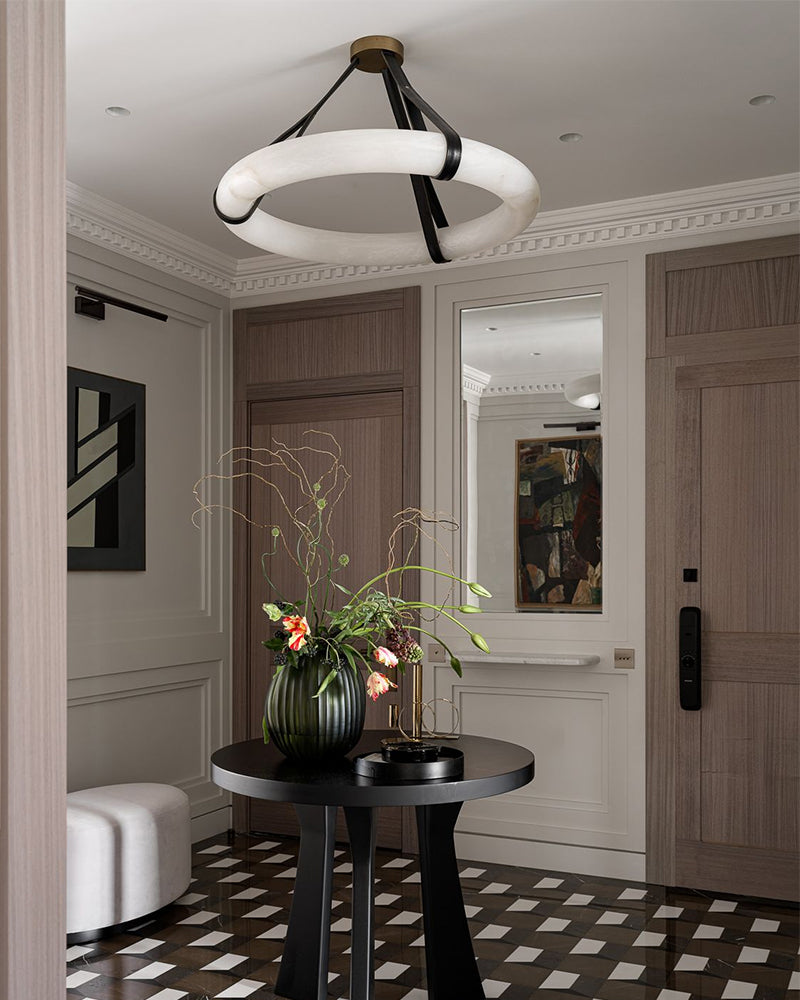
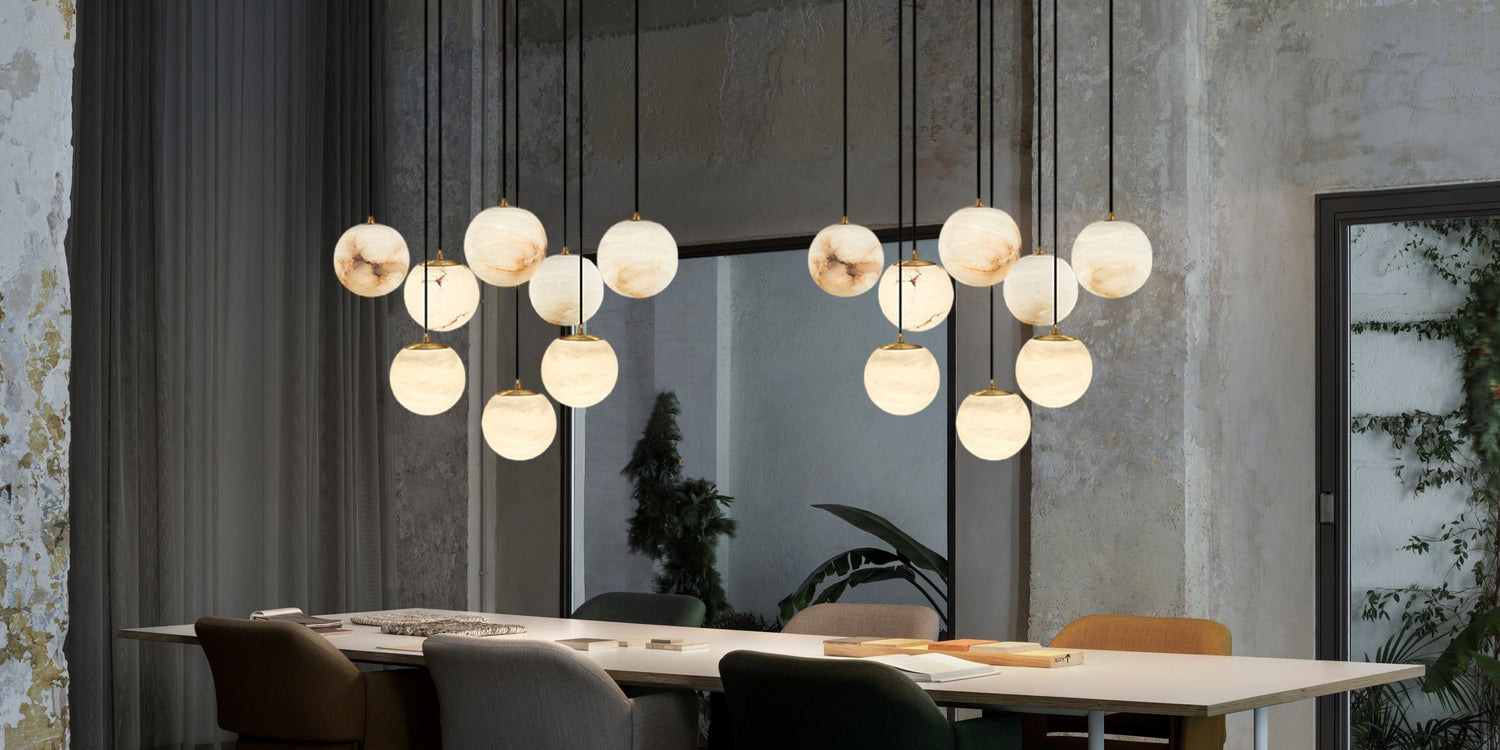

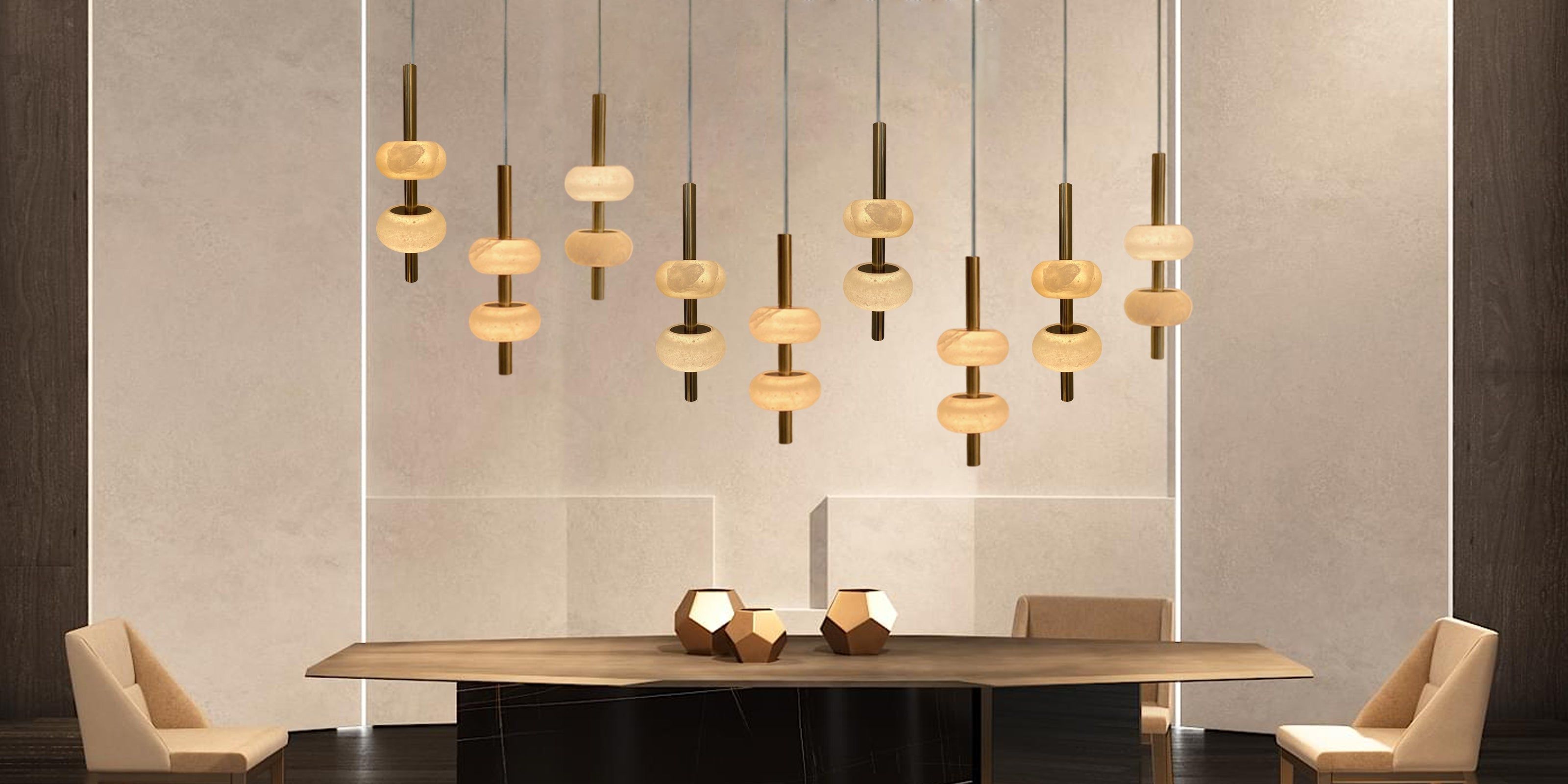
Leave a comment
This site is protected by hCaptcha and the hCaptcha Privacy Policy and Terms of Service apply.